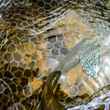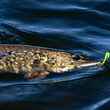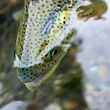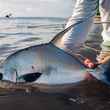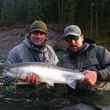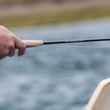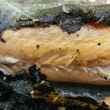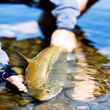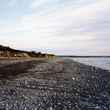I traveled three thousand miles to the Mexican Baja and the baitfish disappeared. So, too, did the roosters who feed on them. Flew fifteen hundred to chase South Padre reds, only to be blown off the Gulf by thirty-knot winds and freak thunderstorms. Twice. Verified emphatically that rain in the far-flung Bahamas is tough on the bonefishing. There’s something about traveling thousands of miles and getting utterly skunked that puts a man to thinking. Was it worth it? Why didn’t I just stay on my home waters where I know I can catch fish? Why go to the trouble?
They’re dumb questions, all, to my way of thinking, because if the sole purpose of your fly-fishing destination trips is to catch fish, you’re missing the point. There’s so much more to be gained by stretching your limits.



